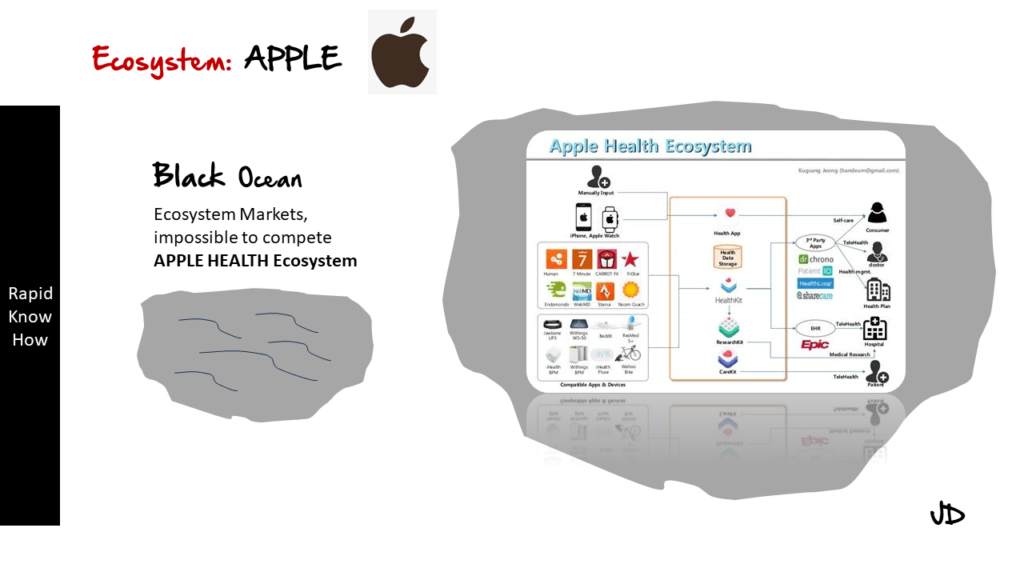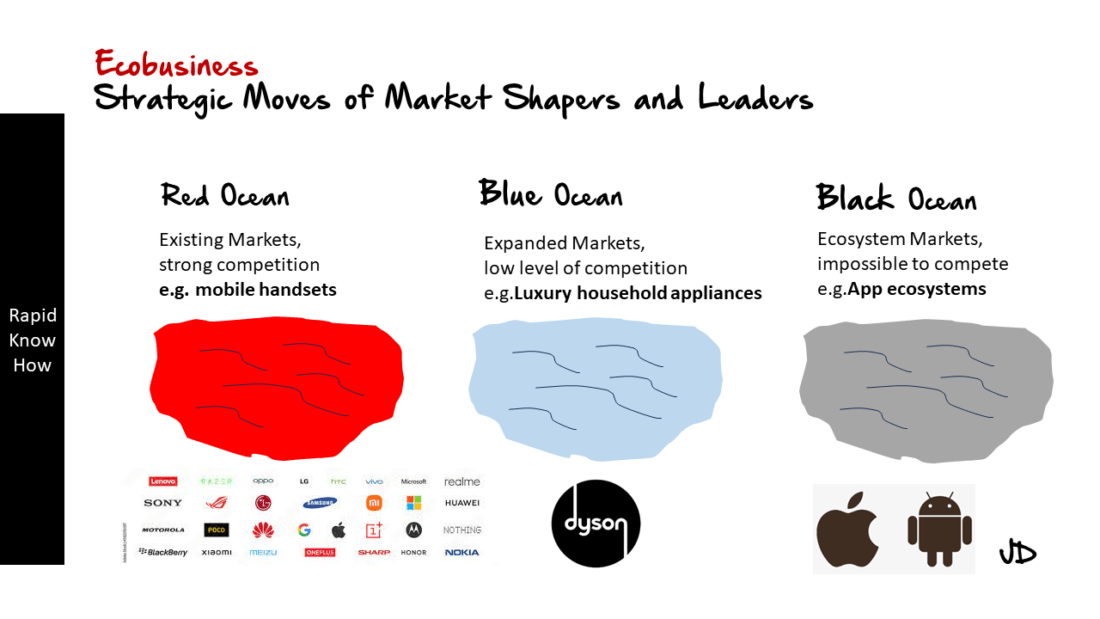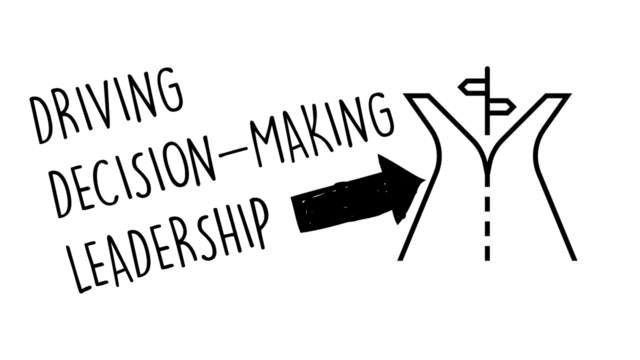The term “ecosystem” in the context of technology and business refers to the network of organizations – including suppliers, distributors, customers, competitors, government agencies, and so on – involved in the delivery of a specific product or service through both competition and cooperation. Each entity in the ecosystem affects and is affected by the others, creating a constantly evolving relationship in which each entity must be flexible and adaptable to survive.
Let’s delve into some of these ecosystems:
1. **Cracking the APPLE Ecosystem**: Apple’s ecosystem is one of the most tightly integrated. It includes hardware (iPhones, iPads, Macs), software (iOS, MacOS), and services (iCloud, App Store). The key to understanding Apple’s ecosystem is recognizing that it’s designed to keep users within its walled garden. Everything works seamlessly together, making it difficult for users to switch to another platform. To crack this ecosystem as a developer or a business, you need to create products or services that can integrate smoothly with Apple’s existing offerings.

2. **Cracking the ANDROID Ecosystem**: The Android ecosystem is more open and fragmented than Apple’s. It includes numerous device manufacturers, app developers, and service providers. To crack this ecosystem, you need to understand its diversity and flexibility. You can create apps for a wide range of devices with different screen sizes and capabilities. However, you also need to deal with fragmentation issues due to different versions of Android running on different devices.
3. **Cracking the MICROSOFT Ecosystem**: Microsoft’s ecosystem includes Windows OS, Office Suite, Azure cloud services, LinkedIn professional network, among others. Microsoft has been successful in creating an enterprise-focused ecosystem where all its products and services complement each other. To crack this ecosystem, you need to understand how businesses use technology and how you can add value through integration or enhancement of Microsoft’s offerings.
4. **Cracking the AIR LIQUIDE Ecosystem**: Air Liquide operates in a very different domain – industrial gases. Its ecosystem includes suppliers of raw materials (like air and water), customers from various industries (like healthcare and electronics), research institutions for innovation, and regulators for compliance. Cracking this ecosystem requires a deep understanding of industrial processes and regulations.
5. **Cracking the HILTI Ecosystem**: Hilti provides products, systems and services that offer construction professionals innovative solutions with outstanding added value. Their ecosystem includes construction companies (customers), suppliers of raw materials (like steel), research institutions for product development, and regulators for safety standards. To crack this ecosystem requires knowledge about construction industry needs and standards.
6. **Cracking the ROLLS-ROYCE Ecosystem**: Rolls-Royce operates in high-tech industries like aerospace and marine where precision engineering is critical. Its ecosystem includes suppliers of high-quality components, airlines or shipping companies (customers), research institutions for technological innovation, regulators for safety standards etc. Cracking this ecosystem requires expertise in precision engineering technologies.
7. **Cracking the DYSON Ecosystem**: Dyson is known for its innovative home appliances like vacuum cleaners and hair dryers. Its ecosystem includes suppliers of components (like motors), customers who value innovation in everyday products, research institutions for product development etc. Cracking this ecosystem requires understanding consumer needs for home appliances and ability to innovate.
In conclusion: cracking any business or technological ecosystem requires understanding its key components – who are the customers? Who are the suppliers? What are their needs? How do they interact with each other? And most importantly – how can you add value within this network?




